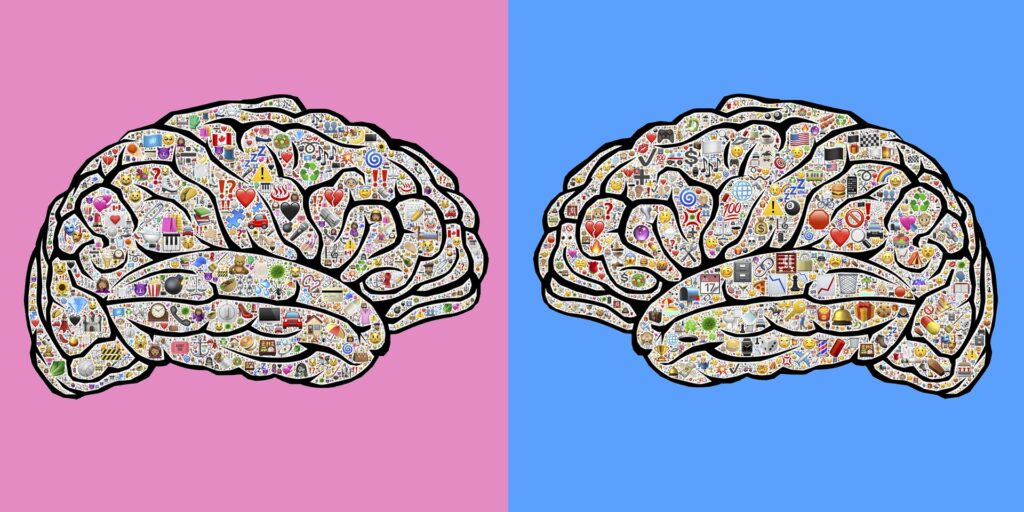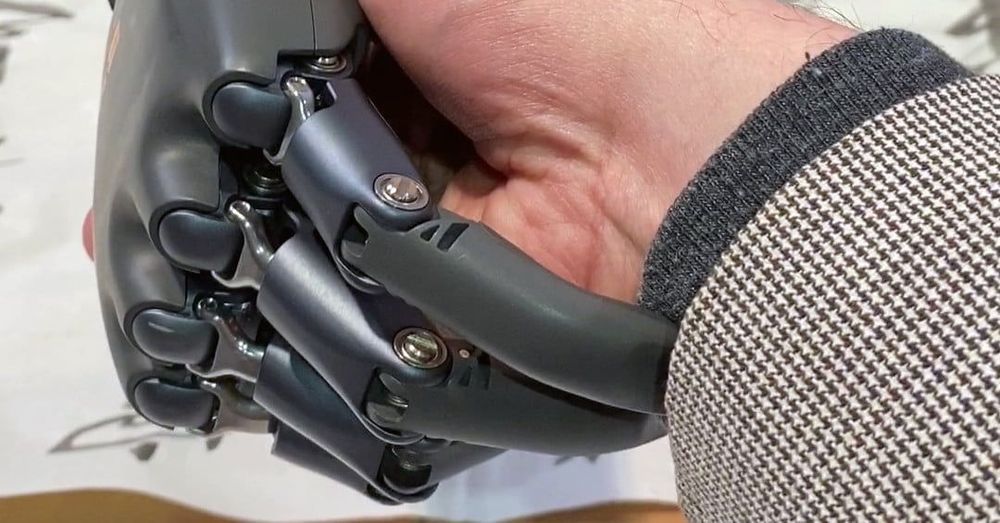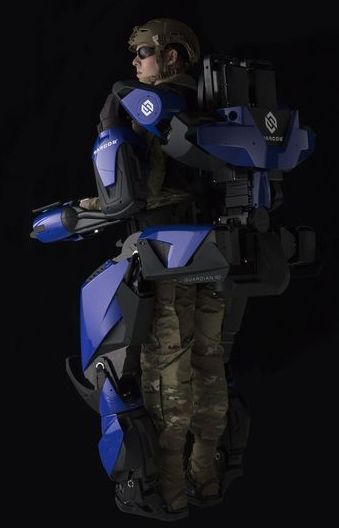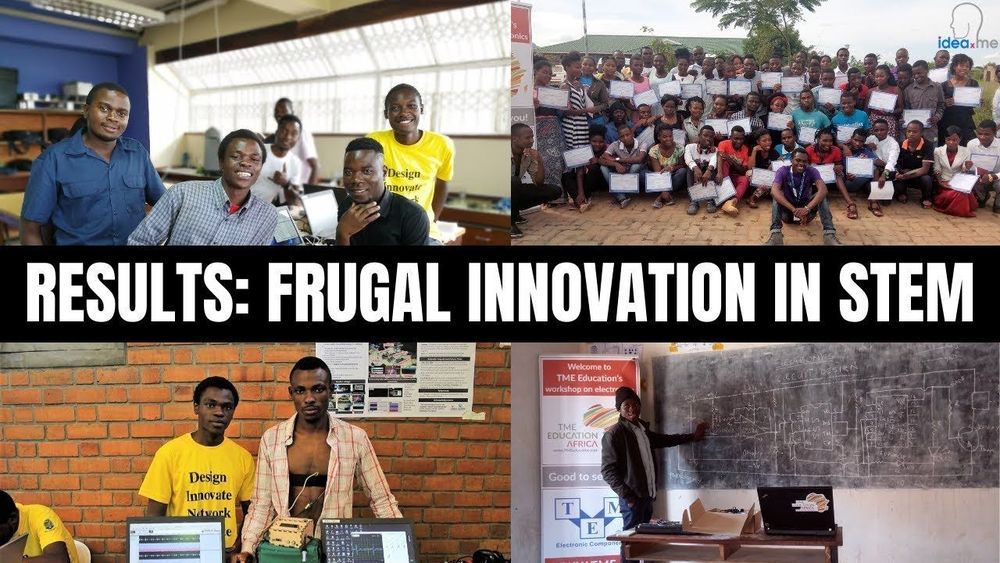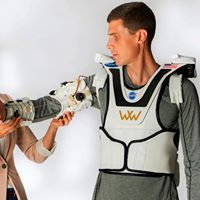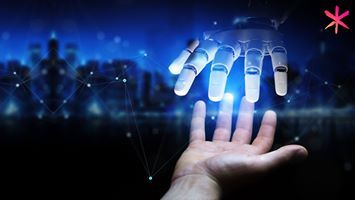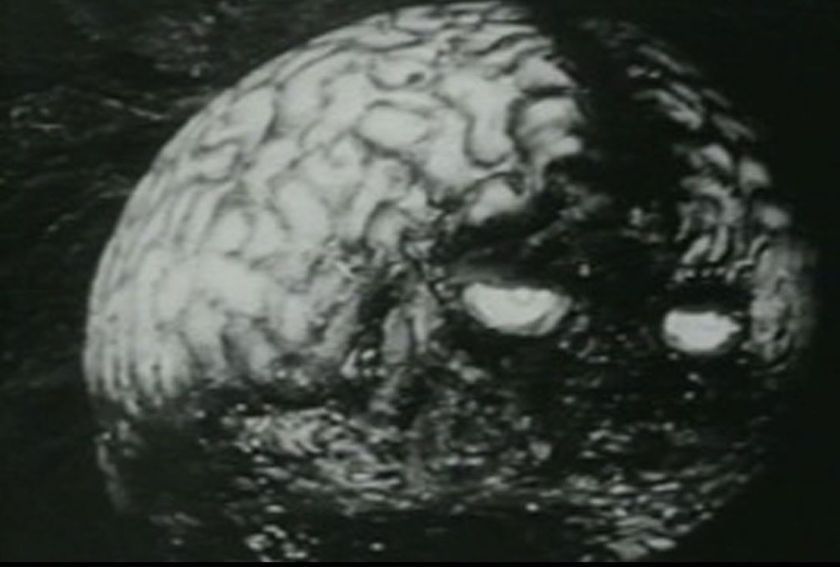
This special issue of ‘Sophia’ aims to reflect upon future evolutions of religions and their related narratives and imaginaries from a critical and generative understanding of our ancient sources. Bodies are locations of creative power and symbolic proliferation. Cyborgian, transhuman, and posthuman embodiments are going to generate visions of the divine in tune with such an epistemic shift, by addressing questions such as: can God be represented as a cyborg? Could robots and avatars be prophets? Is internet a suitable setting for a posthuman theophany? This special issue articulates within the frame of a relational ontological perspective, according to which the notion of the divine evolves, as much as human and non-human persons do. In this evolutionary scenario, the representation of the divine realm may shift from era to era, adapting to new natural-cultural formations. This special issue argues that the posthuman paradigm shift will be followed by a symbolic turn in religious imaginaries as well.
In a posthuman future, human and non-human beings, plants, and minerals will most likely co-exist with advanced artificial intelligence, sentient robots, and conscious humanoids. As futurist Ray Kurzweil affirms: ‘The introduction of technology is not merely the private affair of one of the Earth’s innumerable species. It is a pivotal event in the history of the planet’ ( 1999, p. 35). Religions will need to re-think their theological approaches in order to allow for different types of subjectivities and embodied entities to partake in the religious quest. Religions themselves are material as well as symbolic networks, actualized through words, prayers, metaphors, rhythms, images, and symbols, among many other expressions. The physical, the virtual, and the symbolic are inextricably intertwined. In the era of the cyborg, God is not only human; in the era of the post-human, humans are not the only prophets.

